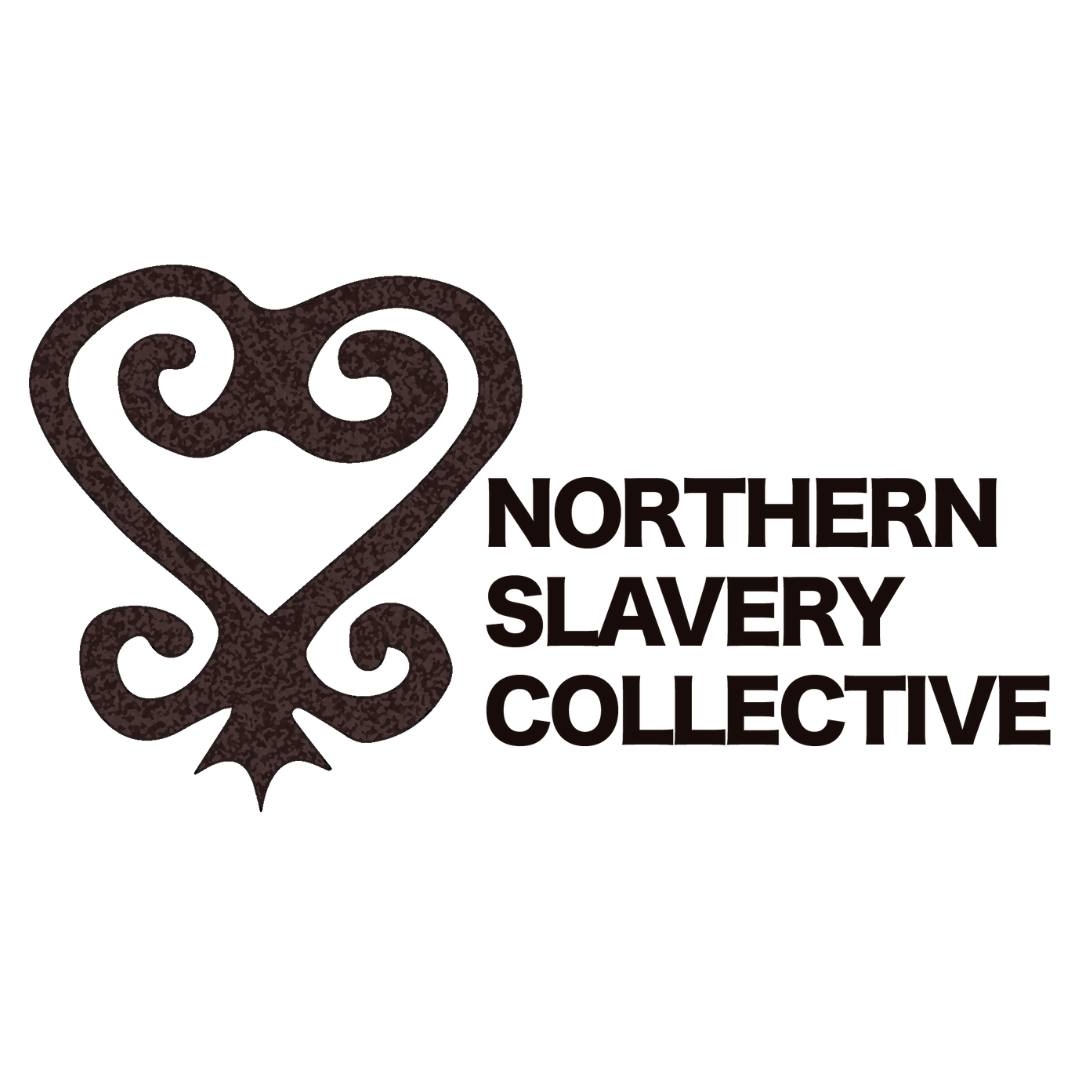
During our November Dialogue, “Northern Slavery Collective: A Framework for Inclusive History,” we had the chance to learn more about the Northern Slavery Collective from two member organizations: Dyckman Farmhouse Museum Alliance in Manhattan and Westport Museum of History and Culture in Westport, CT. Our co-facilitators, Melissa Kiewiet (Dyckman) and Ramin Ganeshram (Westport) shared stories from their own organizations’ experiences with the Northern Slavery Collective and the ways their organizations tell previously untold stories about enslavement at their sites and in their communities.
The driving force behind telling stories of enslavement and the enslaved is making the invisible, visible. Both Melissa and Ramin shared their organizations’ processes for better understanding, sharing content that had been ignored and/or excluded from interpretation. They identified existing evidence of enslavement at their sites, and reviewed their collections for clues about enslavement. They figured out how to tell these stories and how to make them relevant to their communities. And then they told them!
Dyckman and Westport Museum shared these stories of enslavement and the enslaved and made them relevant in different ways. Melissa shared examples of art installations commissioned to commemorate and celebrate the lives of the free and enslaved Black folks who lived and worked at the Dyckman farm. Ramin shared the story of creating the museum’s exhibition on chocolate which, at its roots, is a story about enslavement in Connecticut, the transatlantic slave trade, and its ties to New England. Both of our co-facilitators shared that they continually look for opportunities to broaden the stories they tell at their organizations and that the Northern Slavery Collective is an important support and network for their work.
You can learn more about the Northern Slavery Collective on Facebook at https://www.facebook.com/NorSCollective and on Instagram @norscollective. Register for our upcoming antiracism programs in January and March 2024 at https://dhpsny.org/education.
Where are your opportunities for growth in telling stories of enslavement and the enslaved? How can or do you make those stories relevant to your audience? How does telling these stories help your organization connect with the community?
Let us know how your organization is digging into this work! You can reach us by email at info@DHPSNY.org, or connect with us on the DHPSNY Facebook page or DHPSNY Community Facebook Group.
This post is part of a blog series on sharing information, promoting resources, encouraging discussion, and amplifying the voices of Black, Indigenous, and People of Color (BIPOC) doing antiracism work in archives, museums, history sites, and library special collections. DHPSNY is committed to supporting the diverse network of collecting institutions that safeguard and ensure access to historical records and library research materials across New York State. To learn more, visit our first blog post in the series.